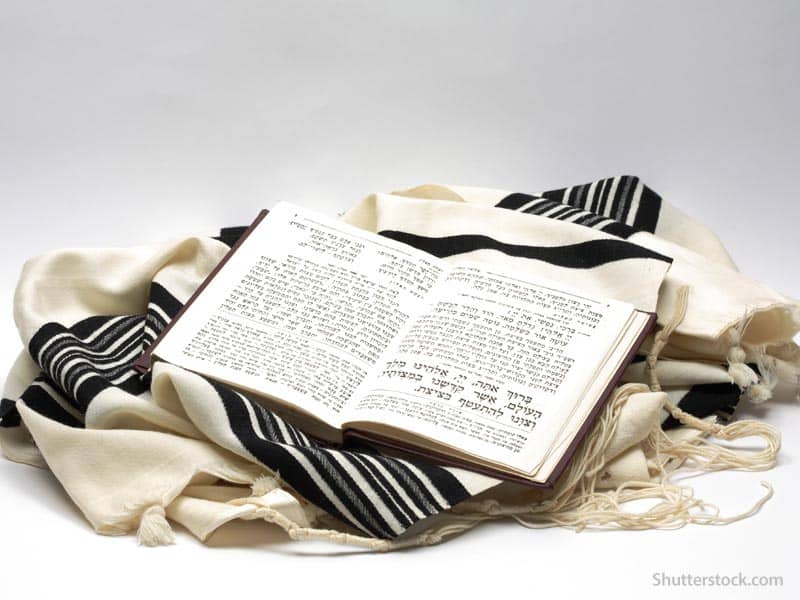The Central Conference of American Rabbis, the umbrella group representing 1,800 Reform rabbis in North America, overwhelmingly approved the measure during its annual convention here. Some 570 rabbis here passed the measure by voice vote.
The guidelines, which were first initiated five years ago, incorporate traditional rituals that many congregations have been using for years. This is the first time, however, that the rabbis have formally embraced the rituals and rejected the notion that converts should be discouraged from joining.
Traditionally, new converts were turned away three times to test their sincerity, but the Reform movement has rejected that practice and adopted "an attitude of joy and encouragement," according to the guidelines. Under the guidelines, new converts should spend at least a year engaged in Jewish study, face a panel of three rabbis or learned Jews and be immersed in a "mikveh," or ritual bath. Male converts are to be circumcised, or if they are already circumcised, have a drop of blood drawn in a "symbolic circumcision."
The rabbis are also calling for a host of other commitments, such as adopting "some element" of Jewish dietary laws and promising to build a Jewish home and raise children as Jews--rules that also apply to gay Jews.
The 450 rabbis who helped craft at least nine drafts of the guidelines stressed that the rules are largely voluntary and should be custom-crafted for each new Jew. They also emphasized that conversion should be a process, not just a single event.
"It's not a moment in time," said Rabbi Richard Shapiro of Santa Barbara, Calif., who chaired the rabbis' committee on conversions. "Conversion to Judaism is a period of time, it's a journey."
During just 10 minutes of debate, Rabbi Nancy Weiner of New York City asked why converts are asked to marry within the faith, while current Jews are not. Shapiro said the movement "expects many things from (converts) that are not necessarily observed by all the members of our congregations."
Indeed, the high standards for converts demonstrate a dramatic reversal for America's largest and most liberal Jewish movement, which rejected such rituals in 1893 as meaningless and unnecessary.
Shapiro said the return to ritual is not out of step for the Reform movement, which he said is always evolving and reforming.
"We've recognized for a generation that these rituals have value and that they can be meaningful for those who chose to embrace them," Shapiro said. "We disregarded some rituals for reasons that were valid at the time, but we've come to re-evaluate some of them."
There are no statistics on how many converts the Reform movement accepts each year, but Shapiro said "thousands" of people express an interest in converting each year. "This is not a minor thing," he said.
While the new converts will not be recognized by Orthodox Judaism, Shapiro said converts should be accepted by Conservative Judaism because the process incorporates the same "traditional standards" as Conservative conversions. "We're converting Jews, not Reform Jews," Shapiro said.
Such a marked turn toward tradition also underscores the dynamic fluidity of the Reform movement. Just one year ago, the rabbis adopted a most untraditional practice when they voted to allow the blessing of same-sex unions, putting the movement out front as one of the most progressive U.S. religious traditions.
But Rabbi David Ellenson, the new president of Hebrew Union College-Jewish Institute of Religion, said the two decisions are not contradictory but, rather, complementary. He said the two votes reflect two streams in American religion, one that promotes a return to tradition, the other that affirms individual spirituality.
"This is the affirmation of tradition, but in a highly individualized sense," Ellenson said.

